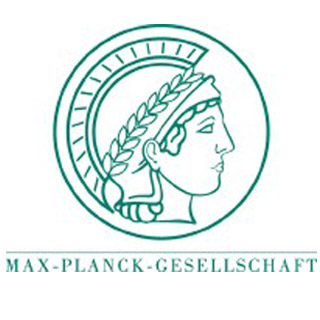
It is known from earlier researches that the COMT enzyme (cathecolamin-O-methyltransferase) breaks down dopamine and may, consequently, impact learning and thought processes. It is also apparently known that there are two variants of the COMT enzyme which is COMT Met and COMT Val that affect dopamine levels to fluctuating degrees. Lea Krugel and her colleagues from the Max Planck Institute for Human Development in Berlin examined the query as to whether and how the influencing of the dopamine level by COMT-Met and COMT-Val in turn supposedly concerns reward-dependent decision processes. People with COMT-Val genotype apparently learns quicker from unforeseen results and are more supple decision makers.
The researchers examined around 26 young adults who displayed either only the Met variant or the Val variant of the COMT enzyme. The study subjects were apparently given financial bonus for their performance in reward-based decision exams which inspected how swiftly and flexibly they learned from the outcomes of their actions. Decisions involving diverse alternatives are believed to be frequently affected by the anticipated prize. An important distinction between the outcome attained and the likely result supposedly produces a significant indication for the modification of decision behavior.
It surfaced from the research that the subjects with the Val version of the genotype were apparently more lithe decision makers and could learn better from the distinctions between result and opportunities. With the assistance of functional magnetic resonance imaging (fMRT), Lea Krugel and her colleagues were supposedly able to exhibit that this benefit was escorted by larger nerve cell activity in particular areas of the brain in which the messenger substance dopamine is identified to play a predominantly major function. Therefore, researchers supposedly saw better activity in the area of the brain called as the striatum and more intensive interaction between the striatum and frontal lobe in subjects with the Val version of the COMT enzyme.
Based on this, scientists apparently not only established a likely benefit for people with the Val version of the enzyme, which is said to be a more common variant throughout the world as compared to the Met version, their consequences may also provide new hints as to how the messenger substance dopamine aids people to make use of past decisions for future ones in the context of ongoing decision-making processes.
The research was published in PNAS.
